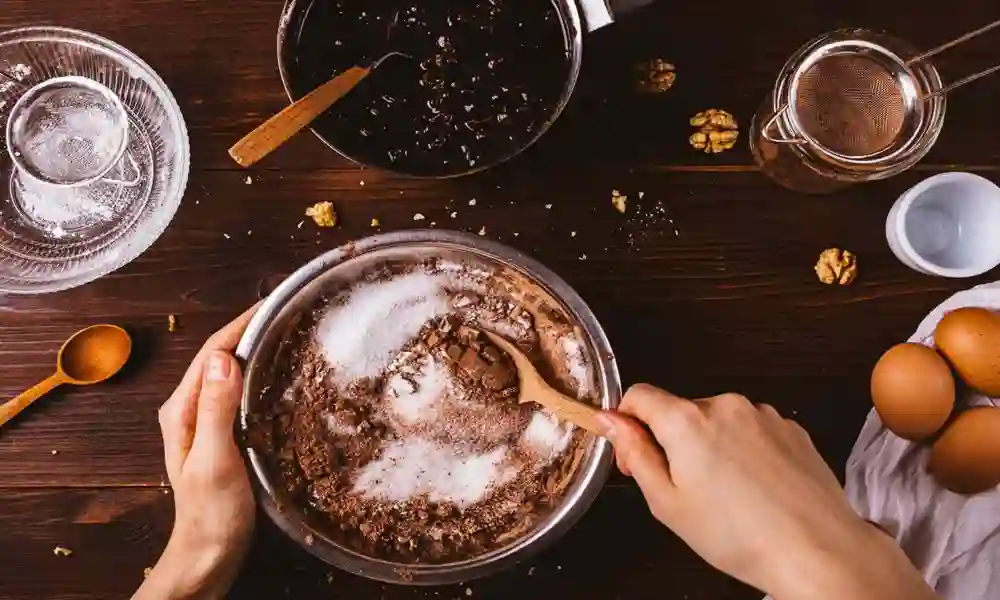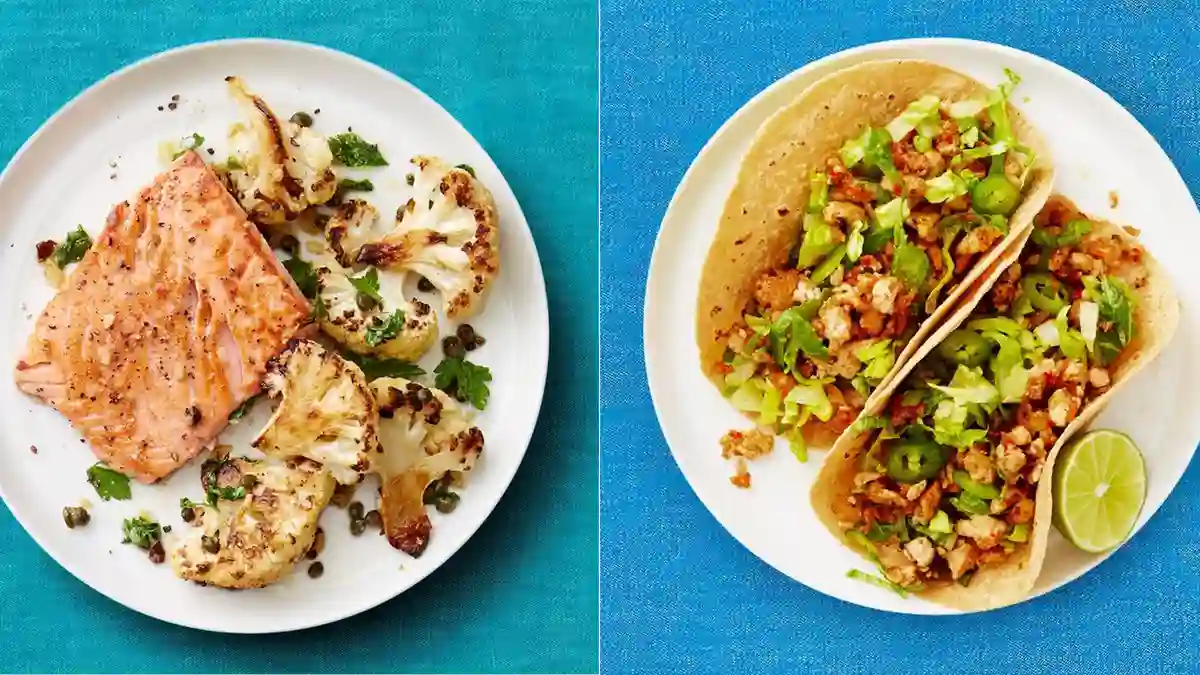Okay, so here’s the deal. You’re in the middle of baking grandma’s banana bread (the one that somehow tastes better when it’s cold, I swear), and bam—you hit a roadblock. The recipe says “1 cup,” but your measuring cup’s gone MIA. You find a scale. Now you’re like, “Wait… 1 cup in oz? What does that even mean?”
Been there. More times than I’d like to admit.
Let’s clear this up once and for all. But hey, this isn’t some dry ol’ math class. We’re gonna get cozy with cups and ounces, make some silly mistakes, tell some awkward stories (you’ve been warned), and finally crack the code of conversions like total kitchen bosses.
Why Even Care About Converting Cups to Ounces?
Look, measuring is like… kind of a big deal in cooking. Especially baking. Baking is science in disguise.
Mess up your measurements and your cookies could end up tasting like cardboard or, worse, soup. Ew.
Now, when you ask “how much is 1 cup in oz?” the answer’s not always simple. That’s right—there’s a twist.
Wait—There’s More Than One Kind of Ounce?
Yep. Cue dramatic music.
There are:
- Fluid ounces (fl oz) – For liquids like milk, oil, or whatever’s in that mysterious bottle from the back of your fridge
- Ounces by weight (oz) – For solids like flour, sugar, cheese, chocolate chips (mmm), etc.
And guess what? 1 cup in oz changes depending on which one you’re talkin’ about. Wild, right?
The “Standard” Conversion (Sorta)
Let’s not overthink it—most of the time, these are your go-to rules:
- 1 cup = 8 fluid ounces (when measuring liquids)
- 1 cup = depends on the ingredient (when measuring by weight)
So if you’re pouring water or milk, 1 cup in oz is 8. Nice and easy.
But for dry stuff? It gets tricky. Because 1 cup of feathers weighs less than 1 cup of rocks. Or flour. Or chocolate chips. You get it.
Some Common Dry Ingredient Conversions
Here’s a quick cheat sheet I scribbled on a Post-it once and stuck on my fridge till it fell behind it (never got it back):
- Flour: 1 cup = about 4.25 oz
- Granulated sugar: 1 cup = about 7 oz
- Brown sugar (packed!): 1 cup = about 7.5 oz
- Butter: 1 cup = 8 oz (thank you, butter, for being predictable)
- Chocolate chips: 1 cup = around 6 oz (I snack while measuring… so results may vary)
1 cup in oz? Told ya, it ain’t one-size-fits-all.
“I Just Eyeball It” – Why That Sometimes Works and Mostly Doesn’t
I used to eyeball measurements all the time. Felt like a rebel. A maverick. A kitchen cowboy.
Until I tried making macarons. Let’s just say they came out looking like… pastel hockey pucks.
So now, even if it feels “close enough,” I ask myself: “What’s 1 cup in oz for this ingredient?” Then I Google it, mess it up, try again, and cry a little. It’s a process.
When Eyeballing Totally Betrayed Me
One time, I thought I was adding a cup of flour. Turns out it was 1.5 cups. And the muffins? Cement. Actual mini bricks.
I gave them to my brother. He used them as doorstoppers. No joke.
How to Actually Convert 1 Cup in Oz (Without Losing Your Mind)
Here’s the vibe: if you’re cooking, not baking, you can be chill. If you’re baking, be precise. Because the oven is not a forgiving place.
Tools You Should Totally Own
If you don’t have these, put ’em on your wishlist:
- Kitchen scale – The MVP. Shows ounces (and grams too, if you’re fancy)
- Measuring cups (dry + liquid) – Yes, both. They’re shaped different for a reason
- Conversion chart – You can print one, doodle it, or tattoo it. I won’t judge.
How I Usually Do It (A Real-Life Flow)
- Recipe says: 1 cup of sugar
- I think: “Hmm… what’s 1 cup in oz for sugar?”
- I remember: “It’s about 7 oz”
- I weigh it: close enough
- I move on: feeling weirdly proud
Fun (and Slightly Bizarre) Ingredient Examples
Let’s take a weird turn, shall we?
Coconut flakes
Oh man. These are drama queens. 1 cup in oz can be anything from 2 to 3 oz depending on whether they’re packed, toasted, or just straight up being flaky (ha!).
Marshmallows
Mini? Regular? Jet-Puffed? This stuff’s chaos. I once tried melting “1 cup” of marshmallows and ended up with a lava flow that hardened mid-pour like volcanic glass.
Turns out:
- Mini marshmallows: 1 cup = about 1.5 oz
- Big marshmallows: …don’t even go there
Quick ‘n Dirty List – 1 Cup in Oz for Common Stuff
Here ya go. Print it. Frame it. Forget where you saved it.
- Water: 8 oz
- Milk: 8 oz
- Olive oil: 7.9 oz
- Honey: 12 oz (so heavy!)
- All-purpose flour: 4.25 oz
- Powdered sugar: 4 oz
- Brown sugar (packed): 7.5 oz
- Oats: 3 oz
- Butter: 8 oz
- Cheese (shredded): about 4 oz
- Yogurt: 8 oz
- Peanut butter: around 9.5 oz (sticky little gremlin)
That’s a whole lotta “1 cup in oz” for ya, and we’re not even halfway through yet.
My Weird Childhood Measuring System
Confession time.
When I was like eight, I didn’t know what a cup measurement actually was. So I used a literal coffee mug. The one with Garfield on it. Made pancakes that way for months. They somehow still tasted okay.
Now I know: coffee mugs? Not real measuring cups. Unless you like pancake roulette.
Metric Madness – Grams vs Ounces vs My Brain Melting
So if you’re outside the U.S., you’re probably thinking, “Why not just use grams?” And honestly? Fair.
But recipes in the U.S. are stuck in cup-land, so knowing how 1 cup in oz works is essential if you don’t want to totally guess.
Also, side note: 1 oz = about 28 grams. That’s… good to know, I guess?
Still, I once tried converting everything in a recipe to grams and ended up with a spreadsheet. Felt like I was hacking a NASA satellite just to bake cookies.
Wrote this paragraph by hand. Then spilled coffee on it. Classic.
“1 Cup in Oz” Depends on Mood (Okay Not Really, But Kinda)
I swear, some ingredients act like they’ve got moods.
Like flour. If you scoop it, it’s one weight. If you spoon it into the cup and level it, it’s lighter. Tap it down? Heavier again.
It’s like, just decide who you are, flour!
So when you’re looking up 1 cup in oz, always check how the ingredient is being measured. Scooped? Spooned? Lightly packed? Fully smushed like your dreams after tasting a failed cake?
Yeah. That.
My Aunt’s “Secret” Measuring Trick (Spoiler: It’s Not That Secret)
My aunt—love her to bits—once told me, “You don’t need measuring cups if you’ve got hands and vibes.”
I tried that.
The lasagna turned out so salty, we had to drink milk between bites.
Moral of the story? Sometimes vibes lie. Use a scale. Especially when you’re dealing with things where 1 cup in oz really counts.
1 Cup in Oz for Liquids – The Easy Win
Okay, let’s take a breather. Liquids are the chill kids of the kitchen.
- 1 cup of milk? 8 oz
- 1 cup of broth? 8 oz
- 1 cup of wine? 8 oz (unless you “sample” some first)
- 1 cup of maple syrup? 11 oz (it’s thicc)
You almost always get a straight 8 ounces for watery stuff. Bless.
Unless it’s maple syrup or molasses or like… lava.
Why It All Matters (Even If You’re Just Making Pancakes)
Here’s the real talk.
If you know what 1 cup in oz means for different stuff, you:
- Waste less food
- Nail recipes more often
- Feel like an actual chef (or wizard, honestly)
- Don’t have to guess and hope your cake doesn’t come out raw in the middle and burnt on the outside (me, last Thursday)
Plus, it feels good to just know. Like unlocking a cheat code.
One Final Confession
I once made a cake using only measuring spoons because I couldn’t find the cups. It took forever. The cake came out weirdly dense but edible.
But hey—now I know. I’ve learned from my nonsense.
So next time you’re asking “what’s 1 cup in oz?”, you’ll know it depends on what’s in the cup. You’ll check your chart. Use your scale. Maybe laugh about that one time you thought a coffee mug counted as a cup (lookin’ at you, younger me).
TL;DR – Here’s What You Gotta Remember
- 1 cup in oz is not always 8 oz
- Liquids = 8 oz, usually
- Dry stuff? Depends on what you’re measuring
- Use a scale if you wanna get it right
- Don’t eyeball flour unless you like baking surprises
- Pancakes don’t need to be perfect but macarons do
Final Fun Fact (Because Why Not?)
Did you know in the 1800s, American cooks used to measure ingredients by teacup and butter the size of an egg?
Yeah. We’ve come a long way… or have we?
Reminds me of that scene from House of Leaves where the hallway keeps changing. Baking sometimes feels like that. Everything shifts. Nothing fits. But when it works, it’s magic.
And that’s the scoop. Or should I say… the cup?
Whether you’re baking cookies, making chili, or just wondering why your pancakes always turn out wonky—knowing how 1 cup in oz works gives you a serious edge.
Or at least saves you from flour explosions and pancake lava.

